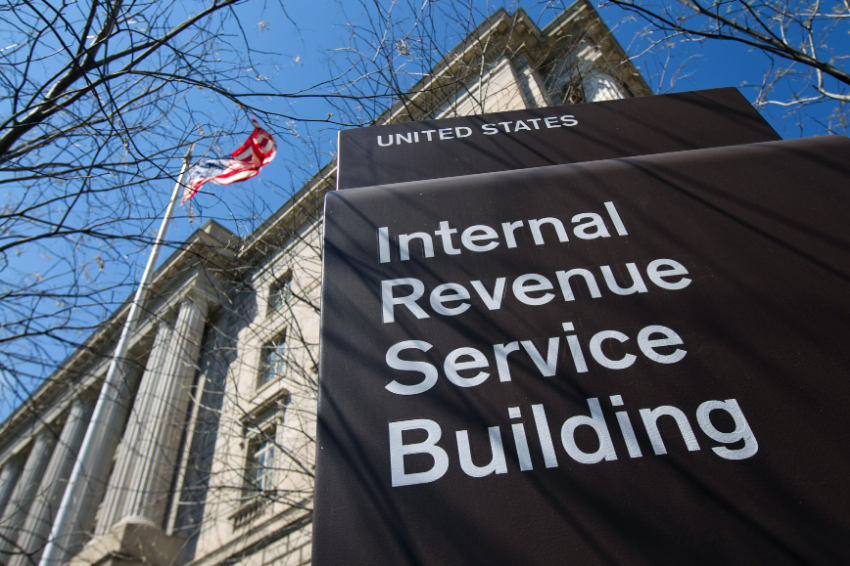Retirement planning can be a daunting task, especially for those unfamiliar with investment strategies and financial markets. In its most basic form, retirement planning is saving, investing, and risk management, all carefully monitored and adjusted over time.
In an effort to make retirement planning easier for the average worker, many employers and financial advisors recommend Target Date Funds (TDFs). These investment funds have grown in popularity due to their simplicity, professional supervision, and built-in risk management.
Let’s take a closer look at Target Date Funds and discuss why they are considered one of the most effective retirement savings tools developed in the past 40 years for the average worker.




















